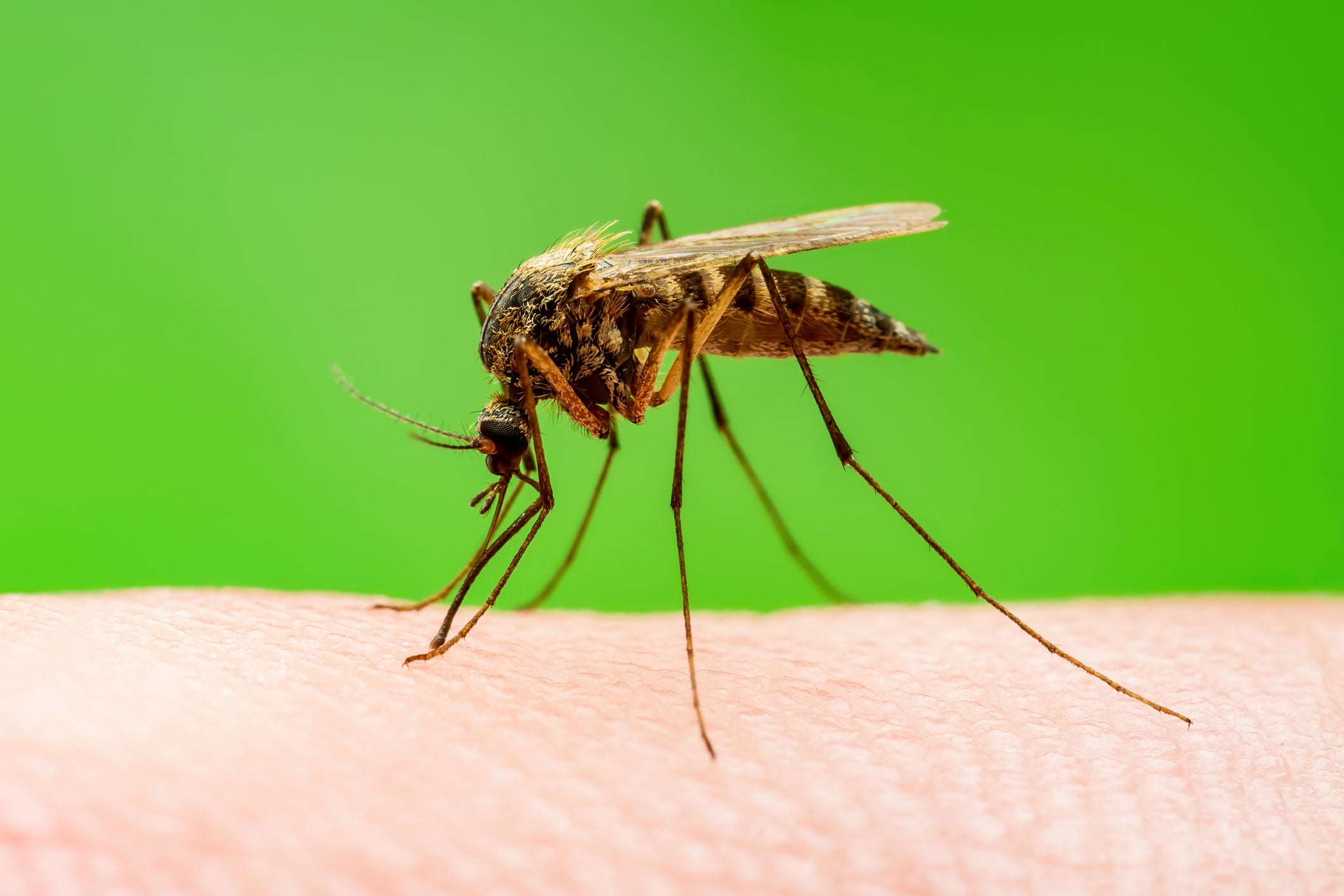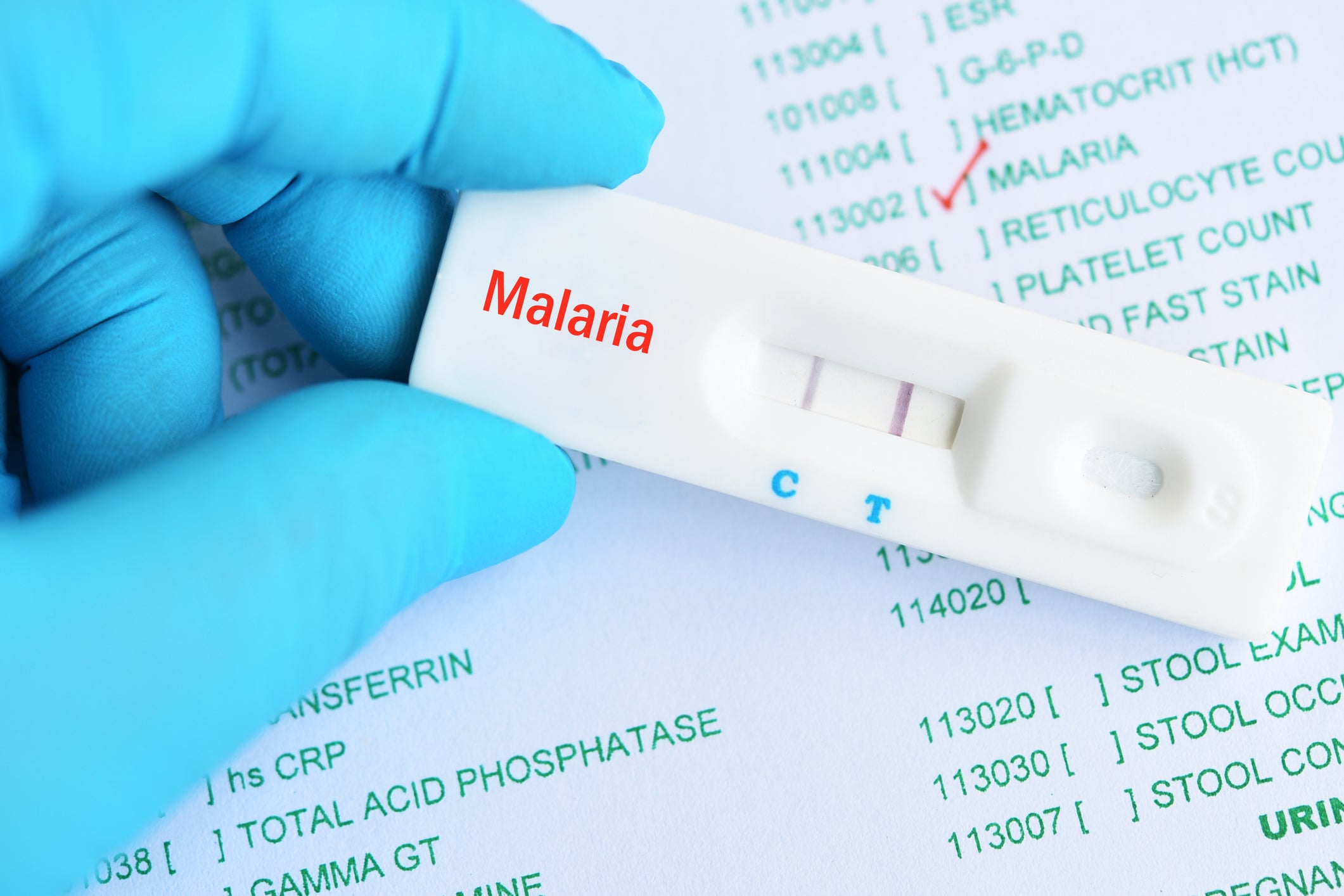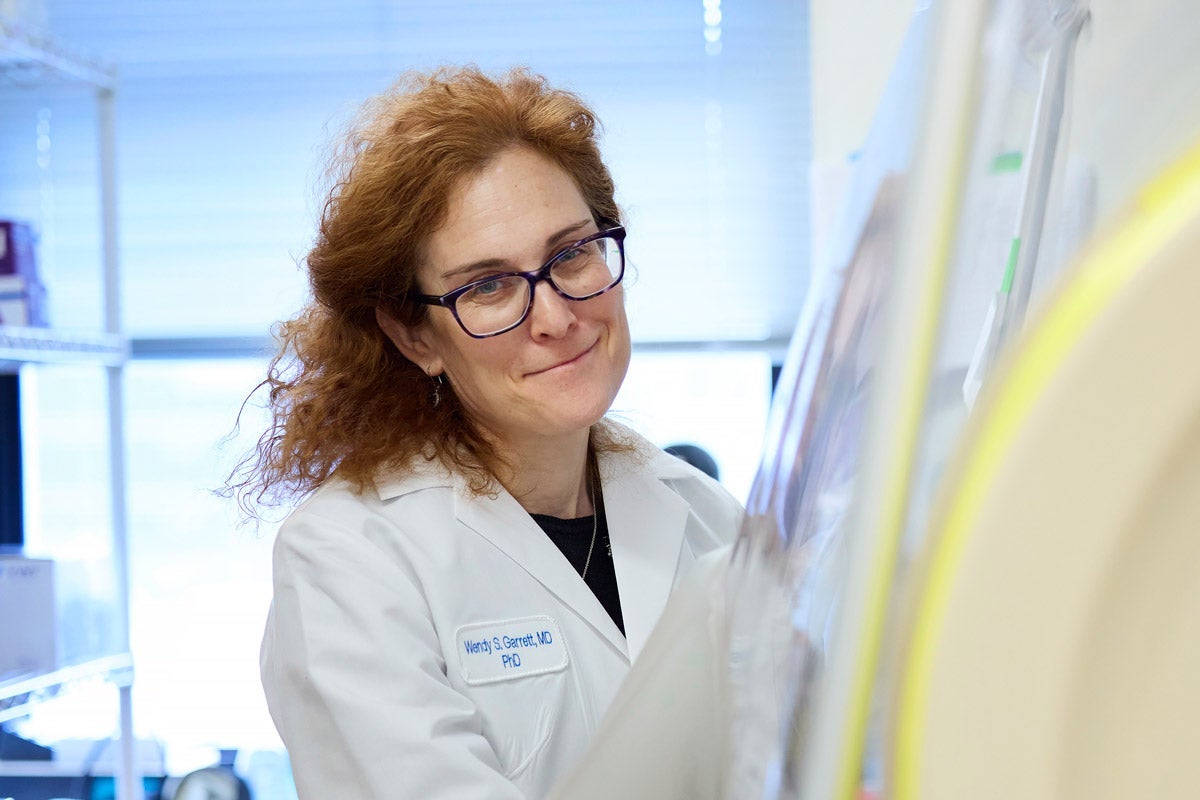Coronavirus (COVID-19): Press Conference with Roger Shapiro, 07/27/20

You’re listening to a press conference from the Harvard T.H. Chan School of Public Health with Roger Shapiro, associate professor of immunology and infectious diseases. This call was recorded at 11:30 a.m. Eastern Time on Monday, July 27th.
Transcript
ROGER SHAPIRO: No opening comments. I’m happy to just start with questions.
MODERATOR: All right. Great. Thank you, Dr. Shapiro. Let’s get going. First question.
Q: Dr. Shapiro, thank you so much for taking time to talk to us. How are you doing?
ROGER SHAPIRO: I’m well, thanks.
Q: Good. I just have a question regarding reopenings, specifically regarding the reopening of professional sports. We saw this morning ESPN reported that multiple players on the Miami Marlins tested positive for COVID-19. And while that is disturbing, in general, I’m wondering from an epidemiologist standpoint, with these leagues reopening and the amount of testing that they have to do to even get going when there’s so many people who can’t get a test or don’t have immediate access to them, is there any concern about that? Or is there the thought, should this be happening at all? Should these athletes be getting sort of this priority when there’s so many people who don’t have access to these tests?
ROGER SHAPIRO: Well, I think the testing should be widespread enough at this point in the epidemic that we can afford to give some additional testing to athletes who are potentially, just like any other job, might be a little closer contact. Just like if we talk about doing this for students who may be going back to campuses or to specific people with jobs where they can’t avoid close contact, I think it’s reasonable to accept that there’ll be some additional testing for athletes. They’re playing a role. They’re giving people entertainment. And there’s a lot of pressure to get some semblance of sports back. So I don’t think that this small number of additional tests performed on athletes should be a major consideration.
Q: Given that, seeing these reports of what happened with the Marlins, is that concerning to you?
ROGER SHAPIRO: Well, I think it’s good that they’re testing because that’s going to keep the other baseball players safe. Just like in any office space or workplace where people can’t distance themselves, I think that frequent testing can play a role in keeping others safe. So it’s not surprising to me that some of the athletes are going to test positive. When you put the numbers together and you think of the total number of Americans that are testing positive right now, a handful of athletes given the number of players on your team, is probably to be expected. Frequent testing is going to keep others safe. Wearing masks is going to keep others safe. And the fact that they’re playing baseball in particular outdoors is going to keep others safe. So I actually am not very concerned about an outbreak among Major League Baseball players from playing the game. I’d be more concerned about being in locker rooms together and indoor activities together, which I hope are being limited.
Q: Thank you so much.
MODERATOR: Great. Next question.
Q: Yes, hello. Thank you, Doctor, for being here. My question is, do you think an earlier lockdown could have saved more lives? And there is a lot of talk about the herd immunity. What can you say about that?
ROGER SHAPIRO: Sure. I do think earlier a lockdown could have saved more lives. I think it’s easy to look backwards in hindsight and see that now. It was potentially a little harder to see at the time it was coming, but not impossible to see at the time. Some states did better than others. Some countries did better than others. But I think the most important thing is that we should use the lessons learned back in March to today’s world. And when we see cases going up in the percent of positive tests going up, that’s really need to be thinking about re-locking down and at least taking steps to avoid a spike like we saw in March. And in fact, that spike is actually happening now in much of the country. So I think we’re basically there. And the second part of your question?
Q: Your opinion regarding the herd immunity?
ROGER SHAPIRO: Oh right. So herd immunity is a concept that we think about in both infectious disease and in the use of vaccines, where we use the amounts of the infectiousness of the actual virus or infection, and and we look at how infectious that is. That determines how many people need to be immune, but to sort of end the epidemic. In a disease like measles, which is extremely infectious, you need over 90 percent of people immunized or with natural antibodies in order to control measles. With a disease like COVID-19, it’s a little bit in flux, but it may be somewhere over two thirds, maybe as high as 75 percent, depending on the other steps that are taken to socially distance and wear masks, etc.. So for us to get to at least two thirds of people with effective neutralizing antibodies from natural infection would be a very painful process. It would mean a great deal more death, a great deal more infection in the country. And so we really would like to achieve immunity through a vaccine and not through natural infection.
Q: Another question, please. There is a lot of criticism regarding the U.S. strategy regarding testing drugs. Do you think that the U.S. are testing COVID-19 drugs in a random way without proper evaluation?
ROGER SHAPIRO: I don’t believe that’s true. I was involved in the Remdesivir trial back in March, April, May, and I think it was done in a really careful and methodical and scientific manner for that particular trial. I can’t speak to every trial being done, but I think that it’s a real difficult balance to move with tremendous speed and urgency that is demanded by this pandemic, but at the same time, do safe studies. I think that, you know, what I’ve seen so far, at least the drugs that have been studied which are coming out now in publications, it looks like the proper processes are being followed.
Q: Thank you.
MODERATOR: Next question.
Q: Thank you, Nicole, and thank you, Dr. Shapiro. It seems like masks, unfortunately, became a political issue. But the problem began early on when there wasn’t a strong recommendation to wear masks, because there wasn’t enough science that made clear that, in fact, masks are absolutely necessary and important. It seemed like the science was kind of eh, in terms of what what kind of a difference they made. Actually, Nicole is probably tired of me asking this question, but I’m on this quest to try to figure out how it could be that we did not have the science that would have told us from the get-go that universal masking is the thing to do. Can you explain that or tell that story?
ROGER SHAPIRO: Sure. I can talk about it in the way that it unfolded for me and how my mindset changed about masks back in March. You know, we’ve always known that a surgical mask, a non N-95 respirator, so surgical mask or cloth mask, doesn’t really protect an individual from most viral diseases like the flu, for example. So we were largely thinking at the beginning of the outbreak in terms of does this mask protect me? And we weren’t thinking big enough. We weren’t thinking if everyone wears masks, are we all protected? And I think when that clicked is when everything changed with masks, when we really saw that if we could all wear masks, we would all keep each other safe. That was the mindset change that occurred. And I think you also have to go back to March and think about a few other factors. One was that there were people concerned about shortages of masks. So there were some very unfortunate comments made about not buying masks. They were well-intentioned at the time to try to preserve masks for medical personnel, but looking back on them and those comments, they don’t feel right. And so I do think you have to think back about the PPE shortages that were driving those concerns at the time. And I think there were a few other factors involved that related to whether or not this disease is airborne. At first, there was a strong feeling that droplet transmission was the only way that this virus transmitted. And certainly over time, there’s been recognition that in some circumstances, airborne transmission is possible. And that does and that does change things a little bit in terms of how we think about Indore transmission in our indoor behaviors, all of which really supports universal mask use. I can’t stress enough how important universal mask use is for getting this epidemic under better control.
Q: Just one little follow up. Pandemics are always big. Why would we not have been thinking big in terms of everyone should wear a mask? Also having seen SARS and so on?
ROGER SHAPIRO: Well, you see, Asia saw SARS, but not so much the rest of the world. And if you look at Asia’s response to COVID, they all wore masks immediately. And no surprise, the best national response and the best national data from this pandemic, comes from Asia. You look at South Korea and how well it’s controlled COVID-19. There’s no doubt in my mind that universal mask use was a part of that. If you look at other countries like China, Japan and others, that really adopted universal mask use as well as, certainly in China, very strict limits on mobility, but less so in South Korea, Japan and other places. You know, they really have contained this outbreak or this pandemic better than anywhere else in the world.
Q: Thank you.
MODERATOR: Next question.
Q: Hi. I just want to follow up on the question related to sports and the outbreak that’s occurred with the Miami Marlins baseball team. So they traveled from Miami, and they were playing in Philadelphia. 11 of the 33 people in their traveling party have tested positive since they’ve been in Philadelphia over the course of a three day period. How much of a concern does that represent? And given that Major League Baseball had taken months to establish you know, 113 pages of protocols, what does it say that there still was an outbreak on a team?
ROGER SHAPIRO: It says that we have a long way to go in controlling this virus. This virus is powerful and it will blow past a lot of the efforts we make to contain it. And we could throw up our hands and stop doing things or we can continue to really fight against it. I understand the concern raised by the question, that despite all of these these measures, some ball players became infected. But that doesn’t necessarily mean that this is going to spread throughout Major League Baseball. It does mean that steps need to be taken for those players. So it shows how important testing is for containing outbreaks. And it shows that we clearly need to take steps for those who are positive to make sure that they don’t play for the specified period of time. We hope that if they played during the time when they were infected, I don’t know if that’s the case or not, but that if they were following the rules in place and masks were worn, when they’re in close contact, then ongoing transmission didn’t occur. So we don’t know how those transmissions occurred. My guess is it wasn’t on the baseball field, but it was probably in an off field setting. But clearly, challenges here in terms of how to open up sports.
Q: And separate from the question of what happens on the field. How much of a concern is it that, this is a team that was traveling? Should we be concerned about the possibility of an outbreak on a baseball team, perhaps risking community outbreak if they’re staying in a hotel that has a lot of staffers in that community?
ROGER SHAPIRO: I think it’s, of course, possible that any small cluster could lead to larger community infections. My suspicion is that because these are tested and very visible cases, that this is not the public health concern to be thinking about when we’re dealing with 50,000 cases in the United States per day. I don’t have a high concern that Major League Baseball is going to be driving those cases. I mean, there are so many clusters among other people who are having to go to work and not protected, or are choosing to do unsafe activities that my fear isn’t that Major League Baseball is going to be driving community transmission.
Q: Thank you so much, I appreciate it.
MODERATOR: Next question.
Q: Hi. Thanks for this. I’m in Florida, so I have a couple of questions about that. Some tests in places like Florida, here, are coming back in 7, 8, 10 days. How does that affect getting a handle on the virus?
ROGER SHAPIRO: That’s a real problem, because we know that knowing people’s status, it can help us better manage the infectiousness and the duration of quarantine. But having said that, if somebody got a test, they should be assumed to be positive until they get those results. So while it’s very frustrating to not have those results in time, if people basically act as if they are infected until proven otherwise, then we can still utilize the fact that they got a test because of symptoms, or otherwise as a reason for keeping quarantine. So the problem becomes that if people start to feel better, for example, and they say, well, I haven’t got my test result back, but I’m feeling okay now, so I’m going to go back to work. That is a problem if that’s within 10 days of their symptoms. We now know that there’s a 10 day window of infectiousness from the start of symptoms and then a couple days before symptoms onset. So we really think of 48 hours before symptom onset to 10 days after symptom onset as the period of risk. And some people are getting tested where asymptomatic for various reasons. And in that case, we use 10 days from the date of their test.
Q: We’ve had four hundred and thirty two thousand cases and close to 6000 deaths in Florida. Where do you think the state will be in a month or two?
ROGER SHAPIRO: Well, it’s funny because one of the previous interviews I did in this in this forum, I think many months ago, like back in March, somebody said, why are there any cases in Florida? And that was back during that terrible New York outbreak. My response was, I think we need to wait longer. And unfortunately, that really does seem to be the case. Where Florida will be in weeks or months really depends on how people respond. I think there are still so many people that can get this infection. You know, we talked about herd immunity earlier in the call. We’re still not even close. So this can continue to spread until we socially distance, until we all wear masks when we are in public, and until we take measures to stop transmission. What I’m very fearful about right now is that there are so many elderly in Florida and so many nursing homes. And as it enters those spaces, it will be really difficult to contain.
Q: Thank you.
MODERATOR: Right now, it looks like that was our last question. But that seems pretty quick. So I’m going to ask my own question. So how have you seen things changed in Beth Israel? How are patients being treated differently? How have PPEs evolved for the health care workers? What have you seen as we’ve progressed through this pandemic?
ROGER SHAPIRO: Within the last month, almost two months, it really goes back to about early June that things eased off tremendously in the Boston area. There was just this collective sense of relief as cases dropped in the hospital and as ICU beds reopened and the wards that were converted to ICU use were turned back to regular patient beds. And basically little by little over the course of June, we saw a dismantling of the whole command center and the need of the special circumstances that the hospital was in. Now, PPE is still part of our daily lives now, and universal mask wearing and eye shields has become part of medical care. And it may be that way for quite a long time. So other than that universal mask wearing, the hospital has returned to much more of a state of normal business as usual. There’s been a lot of activity around making it safe for patients to resume outpatient visits and elective surgical procedures and all of the activities that just were on hold for so long during the peak of the epidemic. So it’s been a real relief to many medical workers. It’s a feeling of sort of release after the worst of the outbreak. But everyone realizes that this could return and and we know that cases could climb again and people are prepared to reinstitute, you know, all of the all of the COVID specific measures that were in place, if that’s needed.
MODERATOR: Thank you. Another real quick question. Do you know if there’s been any outreach to hospitals in other parts of the country that are getting hit pretty hard, back to New York or to Boston and getting input from you or others in the hospitals about how to move forward? Has there been any back like that between city?
ROGER SHAPIRO: I’m sure there has, but I’m not aware of the specifics of that communication. But I can say that we’ve learned a lot about treating COVID patients. And, you know, all the time we are getting new information that is making it a lot better to be a COVID-19 patient in July, than it was back in March. So we’ve got new therapies that have been proven to work. The mainstay now, in addition to Remdesivir, which is an antiviral which has been proven to work, is the use of steroids for the sickest patients, those requiring oxygen. And we’ve seen that those who require mechanical ventilation, their mortality rate is a third less with the use of steroids. And so that is a big improvement in our standard of care. I think as we add improvements to our standard of care all the time, we do hope to see a decline in the mortality rate from this disease. But it still remains a challenge, especially for those with coexisting morbidities, comorbidities, and risk factors.
MODERATOR: Thank you. And another question.
Q: Thank you. So that reminds me of a couple of other questions. One is, could you share what your sense is on antigen testing and how useful that may be? And the other is, it seems like perhaps what we need the most is a way to identify the patients who have mild COVID-19 and are about to, or are beginning to progress to a critical state. Could you comment on what the prospects are for that and where we’re at?
ROGER SHAPIRO: Yeah, I’m really optimistic that antigen testing, which can be cheap and the point of care and home based, could make a really big difference in our management of the community outbreaks. If you imagine something akin to a dipstick, you know, where every family has 50 strips and they spit on a strip to determine whether they’re positive or not, it makes it a lot easier to be confident that people in the family are negative at present, and can go to work in school safely.
Now people say, well, but those aren’t as sensitive tests. You know, it’s only 80 percent sensitive. And so that’s not good enough. But if you do enough tests, even with a lower sensitivity of those tests, you actually achieve a pretty good sensitivity in the end. So the volume of tests that you do can really make up for perhaps not being a perfect test. But, you know, being cheap and point of care and available at home, that’s what we need. And I think those tests are coming.
Q: How soon?
ROGER SHAPIRO: I don’t know.
Q: And heading it off at the pass? That question about it when a patient is going to progress?
ROGER SHAPIRO: Oh, yes. We’ve appropriately focused most efforts on the most severe patients. But in fact, the antivirals that are in development really need to be looked at in the more mild cases, because if we can use antiviral agents such as Remdesivir or others, and there are a few out there that may be by pill instead of by injection, which would be a real advance. If they can make a difference early in the course of disease and mitigate the disease so that people don’t get sick, it would make a huge difference. So I do think that’s the next phase as we think about studies we still need to do. We need to look at more mild and moderate illness.
Q: Thank you.
This concludes the July 27th press conference.


